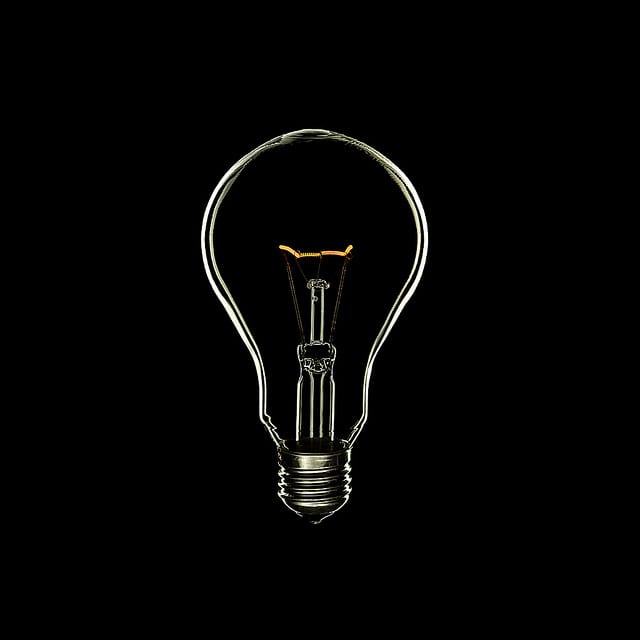If you have cable TV, you’re more than likely to have come across a dramatisation called American Blackout. The show depicts various individual circumstances set against the backdrop of a complete and prolonged shut down of Americas’s electricity grid.
While such a scenario is improbable at the scale portrayed, it arms the microgrid pundits with a scenario of equivalent credibility to the one that Australia’s Prime Minister, Tony Abbott, has been armed with by the Liberals’ own “men in black”.
You can tell when Tony’s up to no good, especially on renewables, when he seeks an audience with Alan Jones. If you even try to deal with our government, which is purported to be the beacon of democracy, risk aversion is the theme throughout. As a result, no pollie will go public on an issue without a truckload of facts and figures. The problem is that these facts and figures have two flaws: One is that they take ages to produce and, especially when it comes to renewables, are hopelessly out of date; the second issue is that, given the sufficient amount of facts and figures, a conclusion commensurate with a given agenda can be credibly put forth, without the irritation of having to tell the whole story.
This is where we are headed with our present government – the government which let the genie out of the bottle in the first place. I would contend that the statement that wind is five time more expensive than burning dirt (brown coal) is a prime example of a half truth, and solar comparisons to the same dirt would hold even less truth. If we were to take the environment completely out of the equation – that is, no carbon tax and an atmosphere that is carbon “proof” – the argument might gain some legs, but still wouldn’t pass peer review.
Under the Liberal Party, Australia was once a world leader in solar; it was the highest per capita user of solar prior to the mid ’80’s. So why, all of a sudden, are they trying to stuff this genie back into the bottle?
On the face of it, it appears to be economics – it’s just too expensive and Australia can’t afford this warm and fuzzy indulgence. What seems to have been completely ignored in the whole argument is the fact that prices for renewable technologies are falling daily, if not at a constant rate, at an accelerated one.
It costs about $2500 per kilowatt to build a coal-fired power plant, then you need a lot of water, chemicals, refits and labour to make it operate. If it takes 124KG of black coal and 250KG of brown coal to make one megawatt hour of electricity. How can any truly honest person say that it is that much more expensive to use renewables unless they are using five year old data, or are just plain lying?
Coal still wins the race in baseload, but that is not a cost thing, it’s a very temporary advantage.
I say, Tony, if we don’t increase distributed renewable energy generation with storage as quickly as we can we will see the aftermath of what happens when a centralised grid fails. If you don’t believe me, watch the TV show. It’s probably got more facts than you have in your story.
Rob Campbell is a self-described champion of distributed energy storage and the head of a storage manufacturer.










